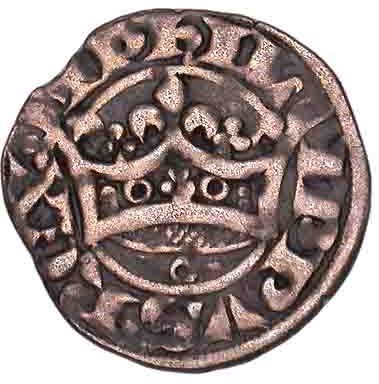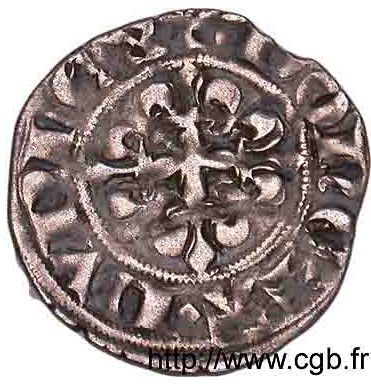France Double parisis - Philippe VI (1er type)
Introduction
The Double Parisis coin, featuring the portrait of Philippe VI, is a numismatic treasure from France. Issued between 1328 and 1350, this coin holds immense historical and collector significance, making it a coveted piece for enthusiasts worldwide.
Historical Background
During the reign of Philippe VI, the Double Parisis coin was minted in France as a denomination of 2 Deniers. Philippe VI, known for his contributions to French coinage, used these coins as a symbol of royal authority and economic stability during a crucial period in French history.
Coin Images
 Obverse
Obverse
 Reverse
Reverse
Design Features
The obverse of the coin showcases a striking image of a crown with a ring below, intersecting the legend at 2 and 10 o'clock. This design symbolizes the power and sovereignty of the ruling monarch. On the reverse, a cross fleurdelisée adds a touch of elegance and heraldic flair to the overall appearance of the coin.
Technical Specifications
The Double Parisis - Philippe VI coin is crafted from Billon, a metal alloy containing approximately .319 silver. It weighs 1.27 grams and has a diameter of 21.50mm, making it a compact yet valuable addition to any numismatic collection.
Collectible Value
Due to its historical significance and limited mintage period, the Double Parisis coin is highly sought after by collectors. Its rarity and connection to a specific era in French history contribute to its market value and desirability among numismatists. Collectors often prize this coin for its unique design and representation of medieval French coinage.
Conclusion
In conclusion, the Double Parisis - Philippe VI 2 Deniers coin stands as a testament to the rich numismatic heritage of France. Its intricate design, historical context, and collectible value make it a prized possession for both seasoned collectors and enthusiasts alike. Owning a piece of this rare coin not only adds to a collection but also allows one to hold a tangible piece of history in their hands.

